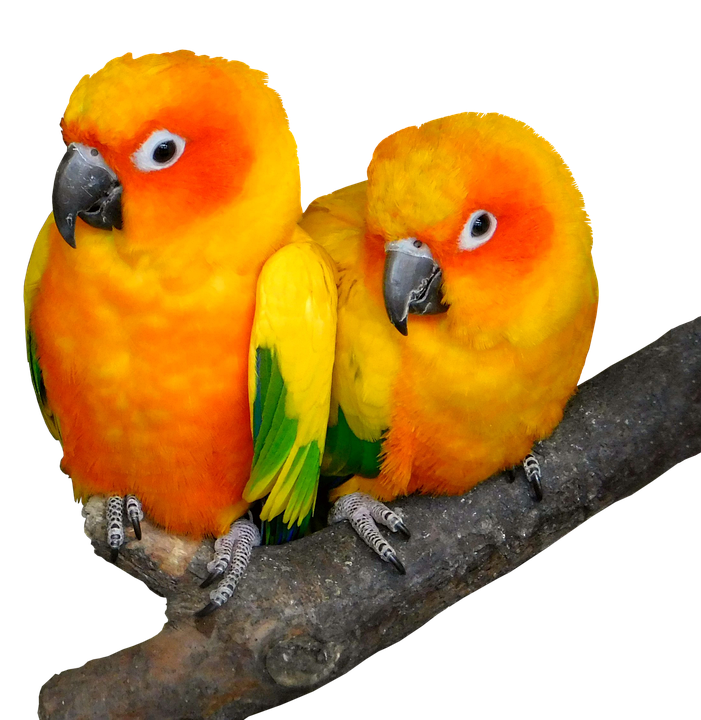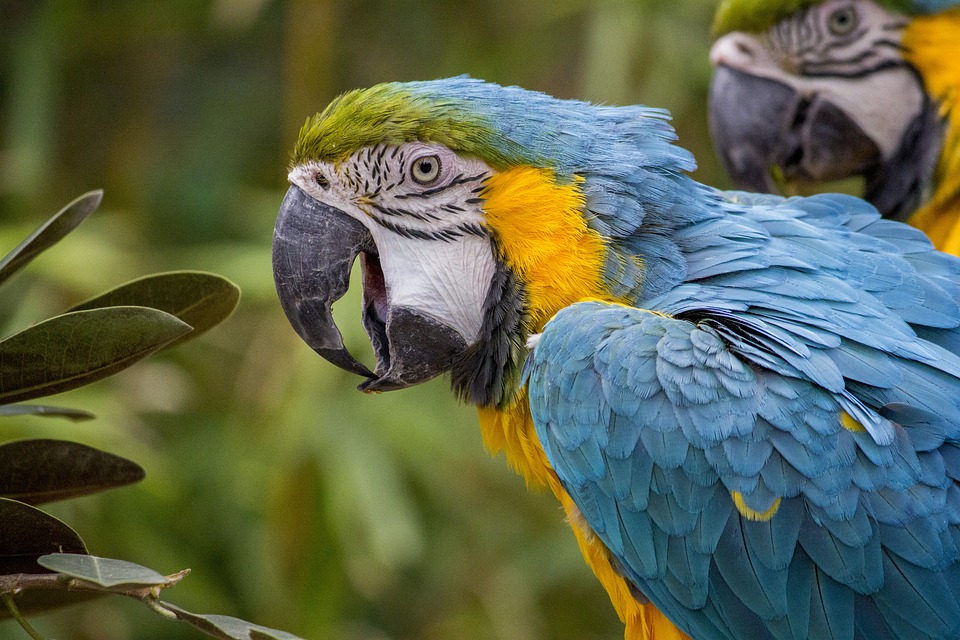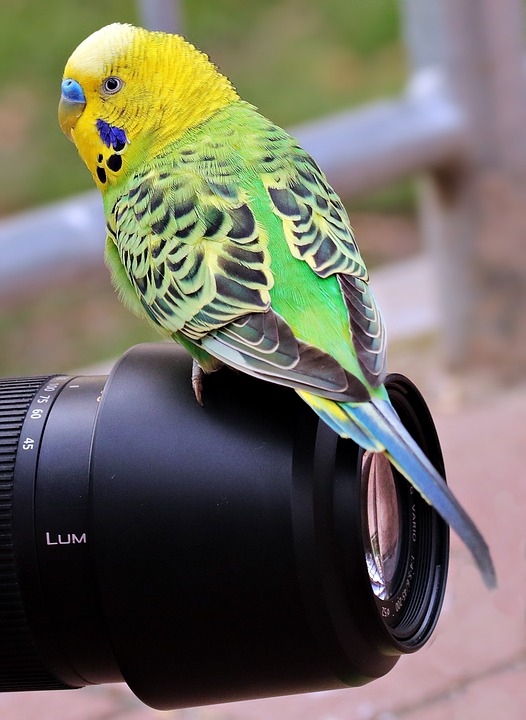**Title: How to Use Positive Reinforcement to Address Reluctance in Parrots Trying New Tricks**
**Introduction:**
Parrots are intelligent and social creatures that thrive on mental stimulation and learning new tricks. However, some parrots may exhibit reluctance or fear when it comes to trying new behaviors. In this article, we will explore the power of positive reinforcement in training parrots and how it can be used to overcome their reluctance to try new tricks. By utilizing positive reinforcement techniques, you can create a positive and enjoyable training experience for your parrot.
**I. Understanding Parrots’ Reluctance to Try New Tricks**
1. Recognizing signs of reluctance in parrots
– Parrots may exhibit behaviors such as refusing to engage in training, vocalizing distress, or displaying fear-based body language.
2. The possible reasons behind reluctance
– Parrots may be hesitant to try new tricks due to fear, lack of trust, or previous negative experiences.
3. Importance of addressing reluctance for a well-rounded parrot
– Overcoming reluctance is crucial for a parrot’s mental and physical well-being, as it promotes cognitive stimulation and strengthens the bond between the parrot and its owner.
**II. Harnessing the Power of Positive Reinforcement**
1. The concept of positive reinforcement
– Positive reinforcement involves rewarding desired behaviors to increase the likelihood of their repetition.
2. Benefits of positive reinforcement training for parrots
– Positive reinforcement creates a positive association with training, boosts confidence, and fosters a trusting relationship with the parrot.
3. Creating a positive training environment
– Ensure a quiet and distraction-free space, use high-value rewards, and establish a consistent training routine to create a positive and conducive learning environment for your parrot.
**III. Step-by-Step Approach to Addressing Reluctance**
1. Building trust and a strong bond with your parrot
– Spend quality time with your parrot, establish trust through gentle handling, and observe their body language to gauge their comfort level.
2. Start with familiar behaviors
– Begin training sessions with behaviors that the parrot is already familiar with to build confidence and reinforce positive associations.
3. Gradual progression and shaping new tricks
– Break down the desired behavior into smaller steps, reward each successful attempt, and gradually shape the behavior towards the desired trick.
4. Patience and understanding during the training process
– Understand that learning takes time, be patient with your parrot, and avoid rushing or forcing them to perform new tricks.
**IV. Reinforcement Techniques to Encourage New Trick Adoption**
1. Using favorite treats as rewards
– Offer high-value treats to motivate your parrot and reinforce their progress during training sessions.
2. Verbal praise and enthusiastic encouragement
– Praise your parrot using a positive and upbeat tone to show appreciation for their efforts and encourage them to continue trying new tricks.
3. Incorporating interactive toys and games
– Use interactive toys and games to make the training sessions more engaging and enjoyable for your parrot.
4. Social interaction and attention as reinforcement
– Parrots are highly social creatures, so providing attention, praise, and physical affection can serve as effective reinforcement during the training process.
**V. Frequently Asked Questions (FAQs)**
**Q1: How long does it usually take for a parrot to overcome reluctance and start trying new tricks?**
Ans: Every parrot is unique, and the time it takes to overcome reluctance can vary. It depends on factors such as the parrot’s personality, previous training experiences, and the training approach used. Consistency and patience are key.
**Q2: What if my parrot is still reluctant to try new tricks despite using positive reinforcement techniques?**
Ans: If your parrot continues to be reluctant, it is essential to evaluate the training approach, environment, and the parrot’s overall well-being. Consulting a professional avian behaviorist or trainer can provide valuable insights and guidance tailored to your parrot’s specific needs.
**Q3: Can I use punishment or aversive techniques to address reluctance in my parrot?**
Ans: Punishment and aversive techniques should be avoided as they can damage the trust and bond between you and your parrot. Positive reinforcement is a more effective and humane approach that encourages desired behaviors without causing fear or stress.
**Conclusion:**
Using positive reinforcement techniques is a powerful way to address reluctance in parrots when it comes to trying new tricks. By understanding their individual needs, building trust, and creating a positive training environment, you can help your parrot overcome their reluctance and enjoy the learning process. Remember, patience, consistency, and a deep bond with your parrot are key elements for successful training. Happy training!









